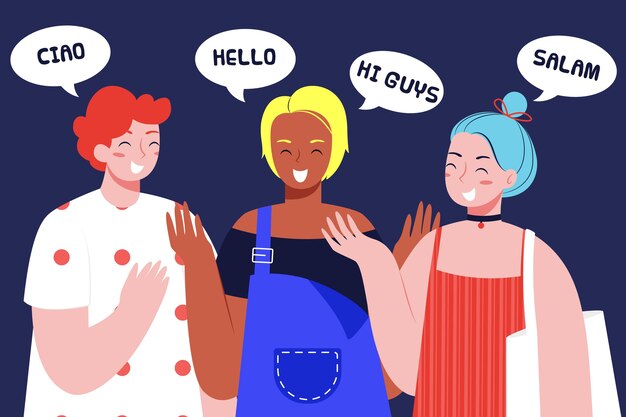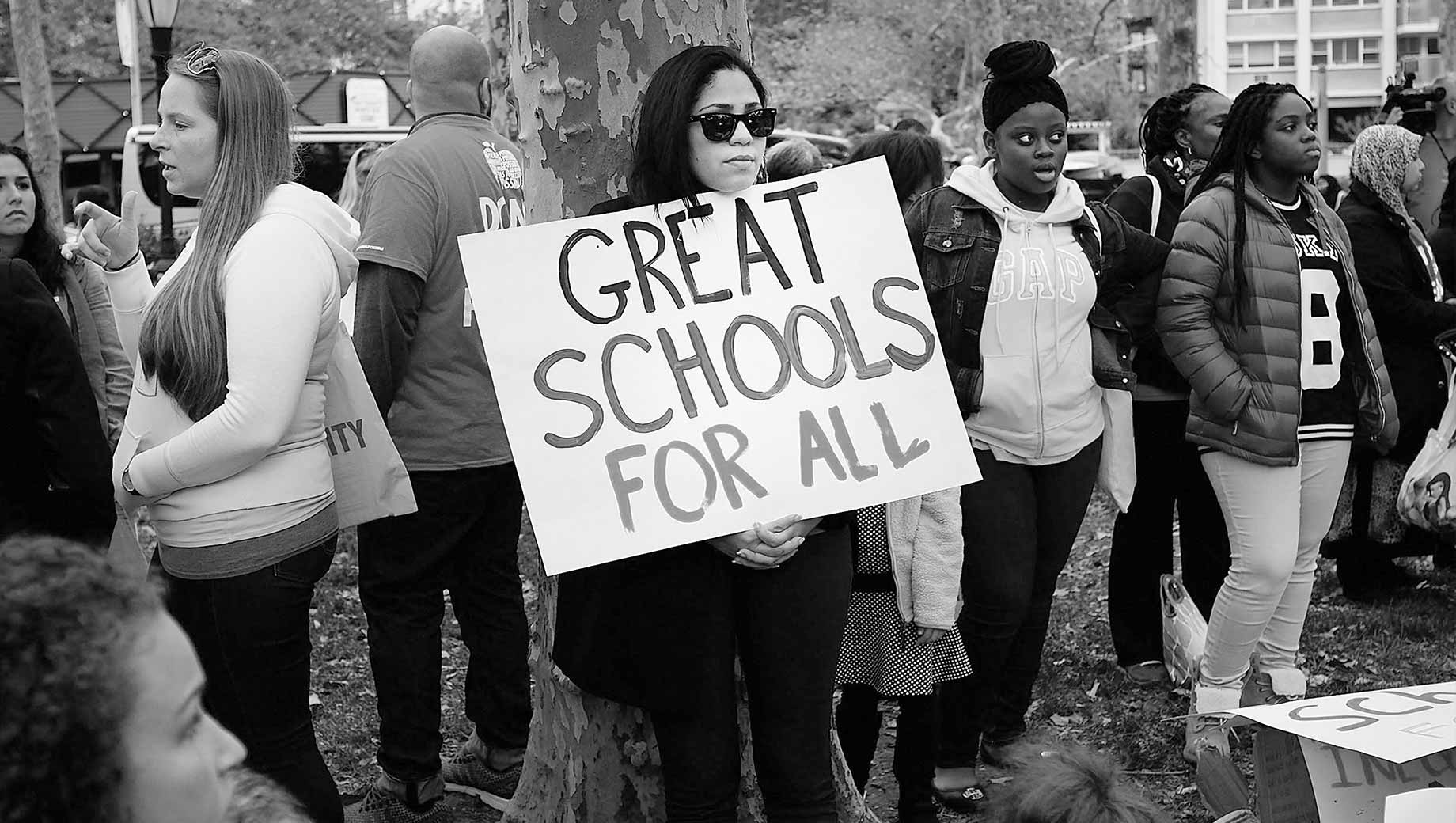Het arrangement Prejudice and Discrimination is gemaakt met Wikiwijs van Kennisnet. Wikiwijs is hét onderwijsplatform waar je leermiddelen zoekt, maakt en deelt.
- Auteur
- Laatst gewijzigd
- 12-04-2022 11:27:21
- Licentie
-
Dit lesmateriaal is gepubliceerd onder de Creative Commons Naamsvermelding 4.0 Internationale licentie. Dit houdt in dat je onder de voorwaarde van naamsvermelding vrij bent om:
- het werk te delen - te kopiëren, te verspreiden en door te geven via elk medium of bestandsformaat
- het werk te bewerken - te remixen, te veranderen en afgeleide werken te maken
- voor alle doeleinden, inclusief commerciële doeleinden.
Meer informatie over de CC Naamsvermelding 4.0 Internationale licentie.
Aanvullende informatie over dit lesmateriaal
Van dit lesmateriaal is de volgende aanvullende informatie beschikbaar:
- Toelichting
- Subject: Prejudice and Discrimination Schooltype: Primary school (Grade 6) Subject: Social and environmental studies Execution: Individual or in small groups Total lessons: 2 (2x 45 min), the assignments and the execution are to be done in two separate lessons. Output : Free of choice Utensils : For the assignment itself only pencil and paper, for the processing the students can choose the material themselves. Maker: Marcella Plaatje Prejudice and discrimination occur in all layers of our society, but it is and remains a sensitive subject. Be aware of this and as a teacher try to guide the children in their own journey of discovery instead of steering them too much.
- Leerniveau
- PO groep 8; PO groep 7; PO groep 6;
- Leerinhoud en doelen
- Multiculturele samenleving; Spreiding van culturen in Nederland; Wereldoriëntatie; Burgerschap; Filosofie;
- Eindgebruiker
- leerling/student
- Moeilijkheidsgraad
- gemiddeld
- Studiebelasting
- 1 uur 30 minuten


 What prejudices were there against the jews? Where there more groups excluded?
What prejudices were there against the jews? Where there more groups excluded? There used to be all these different rules for black people. They weren't allowed to go to the same hairdresser as whit people, or use the same entrance in a shop. They also had to go to different schools because the colour of their skin. This is called racial segregation or apartheid.
There used to be all these different rules for black people. They weren't allowed to go to the same hairdresser as whit people, or use the same entrance in a shop. They also had to go to different schools because the colour of their skin. This is called racial segregation or apartheid.


